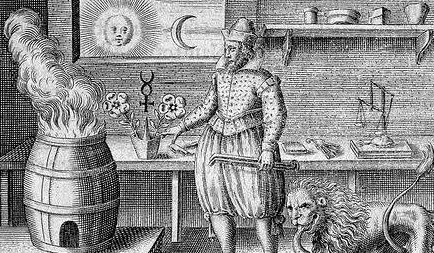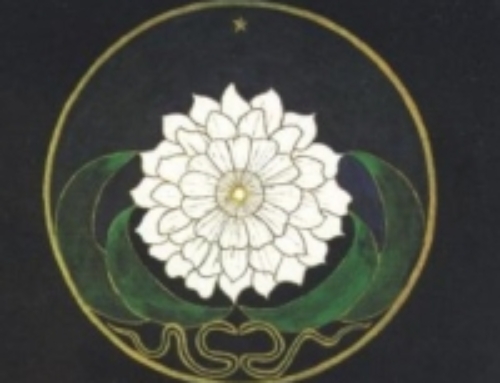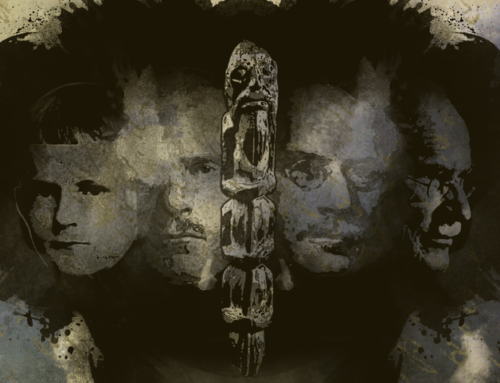This blog explores the principal alchemical metaphors of personal development and transformation. These ideas are based on the work of Carl Jung who during the second half of his career conducted an extensive survey of alchemy and its relationship to the psychology of the unconscious. In fact, Jung explored alchemy in several of his key papers (e.g. Mysterium Coniunctionis, Psychology and Alchemy, Psychology of the Transference, etc.). Jung considered alchemy a metaphor for certain universal psychological functions and believed that the archetypal images of alchemy, mythology, and religion could help to describe and understand psychic life. He further conjectured that the symbolism of alchemy says a great deal about the structure of the unconscious, which aptly underscores Jung’s attempt to link alchemy with depth psychology—the psychology of the unconscious. Jung often presented interesting metaphors in alchemy and astrology, which attributed symbolism and abstract philosophical meaning to concrete ideas, such as concepts of nature. Jung however thought that alchemy was more about self-discovery, personal transformation and maturation that as a metaphor follows a parallel development to that of the process of the transmutation of metals.
Thus, the central goal of the alchemist, the so-called alchemical opus (work) was, contrary popular opinion, not one of material aims, but a spiritual pursuit of the treasure within, which viewed psychologically suggests psychic wholeness. This alchemical metaphor of self-discovery and personal growth was for Jung the actual opus of the alchemists rather than literally turning lead to gold. The real goal was finding the philosophical “stone”, a metaphor for the archetype of “self” and the process of individuation. The metaphorical perception of alchemy grew a new taproot in the Jungian school of psychology.
“Jung considered alchemy a metaphor for certain universal psychological functions and believed that the archetypal images of alchemy, mythology and religion could help to describe and understand psychic life. ”
Thus, one could say that alchemy figuratively describes the process of psychological transformation and reflects the process of personal transformation in the metaphor of transmuting base metals into gold. Jung (1944/1968) aptly expressed this very idea:
Jung saw the Western alchemical tradition as a metaphor for the process of individuation, which revolves around four stages—nigredo (blackness), albedo (whiteness), citrinitas (yellowing) and rubedo (redness)—and twelve alchemical operations (calcinatio, solutio, separation, coniunctio, putrefaction, coagulatio, cibatio, sublimatio, fermentatio, exaltatio, augmentation, and proiectio), although there is no universally agreed upon number or sequence of operations in alchemical teachings and traditions. For instance, in his book Anatomy of the Psyche, the late Jungian scholar and analyst Edward Edinger (1991) listed seven alchemical operations: calcinatio, solutio, coagulatio, sublimatio, mortification, separatio, and coniunctio. In conclusion, alchemy, when appreciated for all of its rich psychological meaning, offers many useful metaphors of personal development and self-transformation. By understanding these root metaphors, a person can more effectively navigate his or her own individuation journey.





